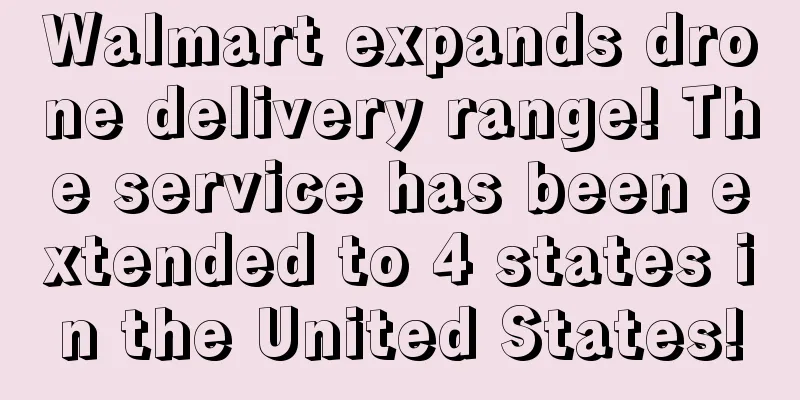|
Most of Amazon's customers are Prime members. When a product has a Prime badge, it means that the customer will usually receive the goods within 1-2 working days after placing the order. Therefore, customers will prefer such products more, and the seller's sales will also be greatly improved. Tips for displaying the Prime logo on self-shipping listings In 2016, Amazon launched the Seller Fulfilled Prime (SFP) program, allowing non-FBA sellers to add their products to the Prime service and directly target the Prime membership market. Sellers who join SFP can have higher exposure on the Amazon platform, thereby increasing sales on Amazon, but sellers must meet certain Amazon requirements. “Sellers who have demonstrated their ability to fulfill Prime membership needs can now join Seller Fulfilled Prime,” Amazon explained.
Amazon SFP allows third-party sellers to ship from their own warehouses or third-party warehouses, and directly provide buyers with Prime shipping services within 2 days. This is different from the Amazon Logistics (FBA) program, which means that sellers send their product inventory sold on Amazon directly to Amazon warehouses. Once a customer places an order, the Amazon system will automatically complete subsequent shipments, including picking, packaging and transportation. Sellers participating in SFP can earn the Prime badge, which means they can deliver on their two-day shipping promise without charging customers extra fees. For Amazon, it can increase its Prime products without taking up more warehouse space. However, in order to protect the shopping experience of buyers, the Amazon platform has high requirements for participating in SFP. What are the requirements for participating in SFP?
It is understood that from September 2020, Amazon will no longer accept SFP registration applications, but if sellers want to qualify to provide SFP logistics services, they can do so by "improving store performance indicators." To qualify for SFP, sellers must go through a 5-90 day trial period, during which they must strictly follow Amazon’s shipping policies and requirements when shipping FBM orders, proving to Amazon that they are capable of meeting SFP shipping requirements. During the trial period, sellers must complete at least 50 orders that meet the following requirements:- Provide priority delivery shipping options;
- 99% of orders are shipped on time;
- The order cancellation rate does not exceed 0.5%;
- At least 99% of orders use Amazon Buy Shipping, which means sellers purchase shipping labels in Amazon Seller Central and automatically add logistics tracking information;
- The order cancellation rate is less than 1%;
- More than 84% of orders have tracking IDs added;
- In the past 30 days, the store feedback score has been maintained at 4.5 points or above;
- Order processing time does not exceed 1 day.
Once the seller passes the trial period, Amazon will automatically agree to your use of SFP logistics, and the seller’s product listing will display the Prime logo! To remain eligible for SFP, sellers need to always meet Amazon’s requirements. If a seller’s feedback rating or cancellation rate falls below Amazon’s standards even for one day, Amazon will remove the Prime badge from those listings and you may no longer be eligible for SFP. What to do if you can no longer meet SFP requirements- You can continue to use FBM self-delivery logistics, or switch to FBA logistics;
- Using a third-party logistics warehouse to store inventory and ship SFP orders usually has cheaper storage fees than FBA.
Disadvantages of using SFP logistics 1. Need to pay for storage and transportation of items You can save money on FBA fees and Amazon storage fees, but that doesn’t mean you won’t incur any costs. Sellers need to consider warehouse, staff, shipping supplies (like boxes and labels), and expedited shipping costs. And high shipping costs will eat into your profit margins. 2. You have to handle returns yourself When using FBA, any customer returns will be processed by and sent back to Amazon. When using SFP, not only are you subject to the same return policies as FBA sellers, but customer returns will be sent back to you. This can be a challenge if you don’t have adequate warehousing space or a standard operating procedure for handling returns. Amazon announced that in February 2021, it will require SFP sellers to provide one-day and two-day delivery services in the United States, as well as meet Saturday delivery and pickup requirements. However, considering that the new coronavirus has greatly restricted the business of major US transportation companies including UPS, FedEx and USPS, which has affected the delivery speed of Amazon's third-party sellers, Amazon has temporarily relaxed the delivery speed requirements for SFP sellers on January 5, 2021. Today, sellers participating in the SFP program only need to ensure that 55% of their customers receive their products in two days or less. Starting in June, sellers participating in the SFP program will be required to provide two-day or less delivery services to 70% of their customers.
|










